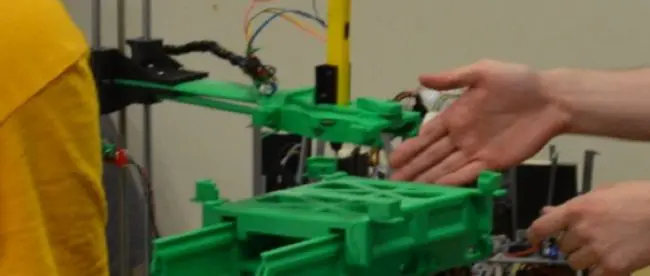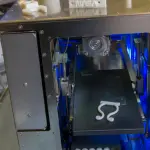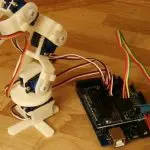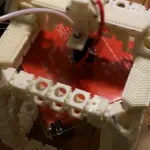Self-Replicating 3D Printers come a step closer
SELF-REPLICATING 3D PRINTERS COULD BECOME REALITY
One of my favourite books is Death from the Skies! by Phil Plait. Despite the alarming title this is actually an astronomy book; it’s just that its theme is all the ways the universe could potentially kill us. Each chapter starts with a fictional scenario in which something – a blast of radiation from a supernova, the impact of an Everest-sized rock – wipes us all out. Then Plait goes on to discuss the science behind it and explain the actual risk of this happening (which is usually extremely low).
Supernovae and space rocks don’t have a lot to do with 3D printing, but one chapter sort of did. In its scenario, Earth was visited by a robotic alien probe. This dropped a batch of self-replicating machines which stripped the planet bare of resources (and life), made thousands of new probes and launched them towards other planets.
Plait’s scenario was a horror story, but the basic principle is interesting. If we’re ever going to colonise other planets, the top priority will be for colonies to become self-sufficient as quickly as possible. The cost of shipping supplies and equipment from Earth is astronomical – even using the most cost-effective heavy lift rocket, the price of lifting one pound into Earth orbit is over $2,000. Getting out of Earth’s gravity well is obviously the most expensive bit, but moving that pound another 50 million miles to get it to Mars is still going to multiply the cost many times.
Obviously, colonists will need to make as much as they can themselves, and 3D printing has obvious potential there. In fact it’s already in use – there’s a printer on the International Space Station. If colonists can print spare parts and everyday objects themselves, ideally from local materials, there’s no need to send them out from Earth.
The printer itself still has to be sent out, though. That’s fine if you only need one, but what about a colony that’s growing, or sending out its own exploration teams? It’s not ideal if you have to spend a fortune, and wait months, for more printers to be sent out from Earth.
Of course some printers can already create parts of themselves. The latest models of the RepRap can make over half of their own components, which reduces how much has to be shipped out. But that still isn’t a perfect solution. You’re still limited by your supply of all the parts it can’t print.
The ultimate goal is a self-replicating 3D printer that can make all of its own components, and a team at North Dakota State University is working towards that right now. They’ve already made quite a lot of progress, too. Their printer is a very ambitious design, more of a self-replicating robot than the desktop devices we’re used to. It can even be fitted with wheels and a manipulator arm, giving it mobility and the ability to assemble the parts it prints. So far it’s capable of printing all of its structural parts, which is an advance on the RepRap. It can’t make its own metal components yet, and obviously electronics are out of its reach, but the team behind the device are working on that.
Every component that a printer can make itself is one that doesn’t need to be expensively delivered. This makes a huge difference in space, but it’s important down here on Earth too. Imagine a printer that could build a copy of itself that just needed a small electronics package dropped in; that would make it easier to scale a business than it’s ever been. What North Dakota State are doing is bringing a self-replicating 3D printer a large step closer.








Leave a comment
You must be logged in to post a comment.